How long does it take to tint a car?
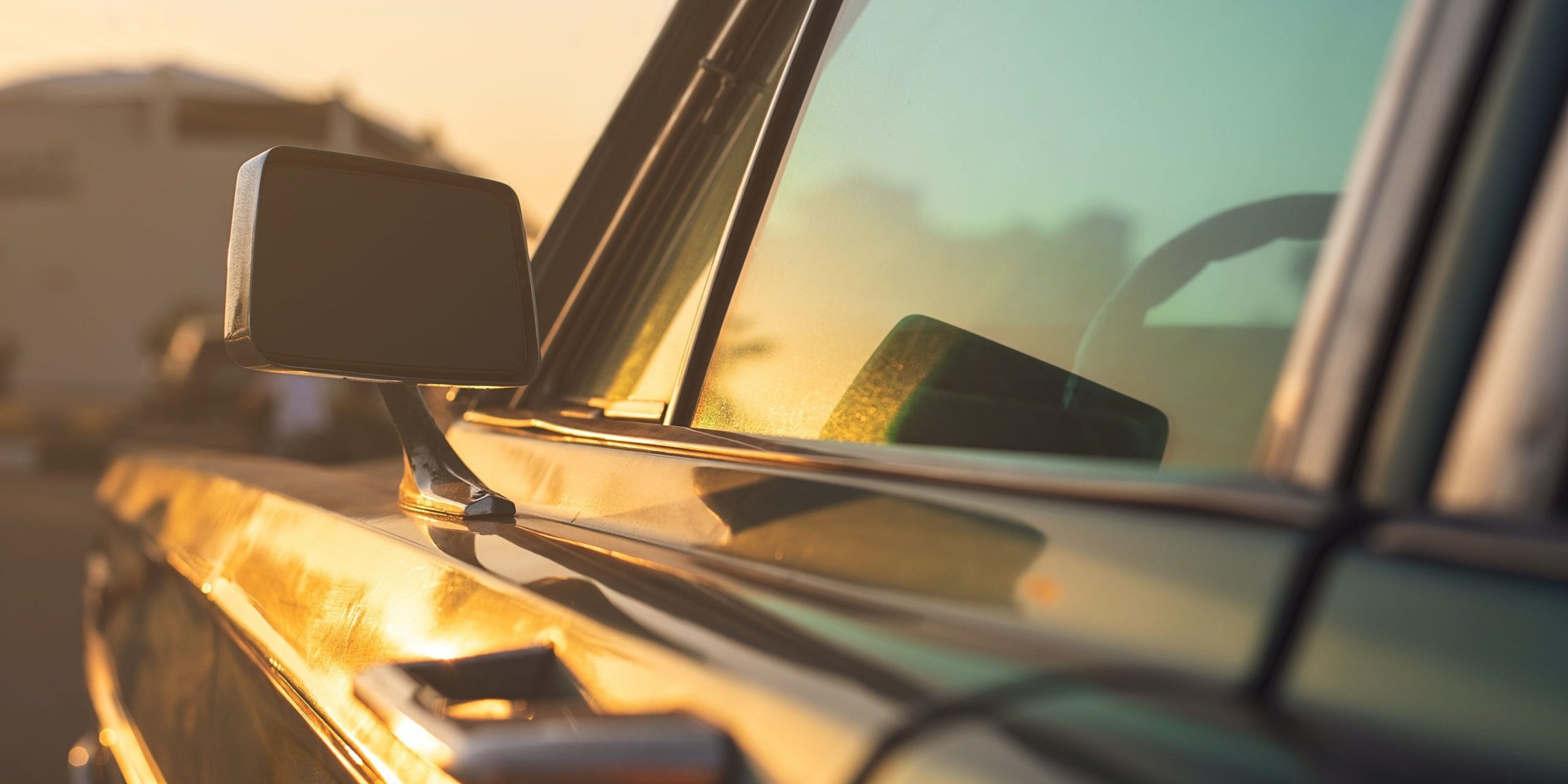
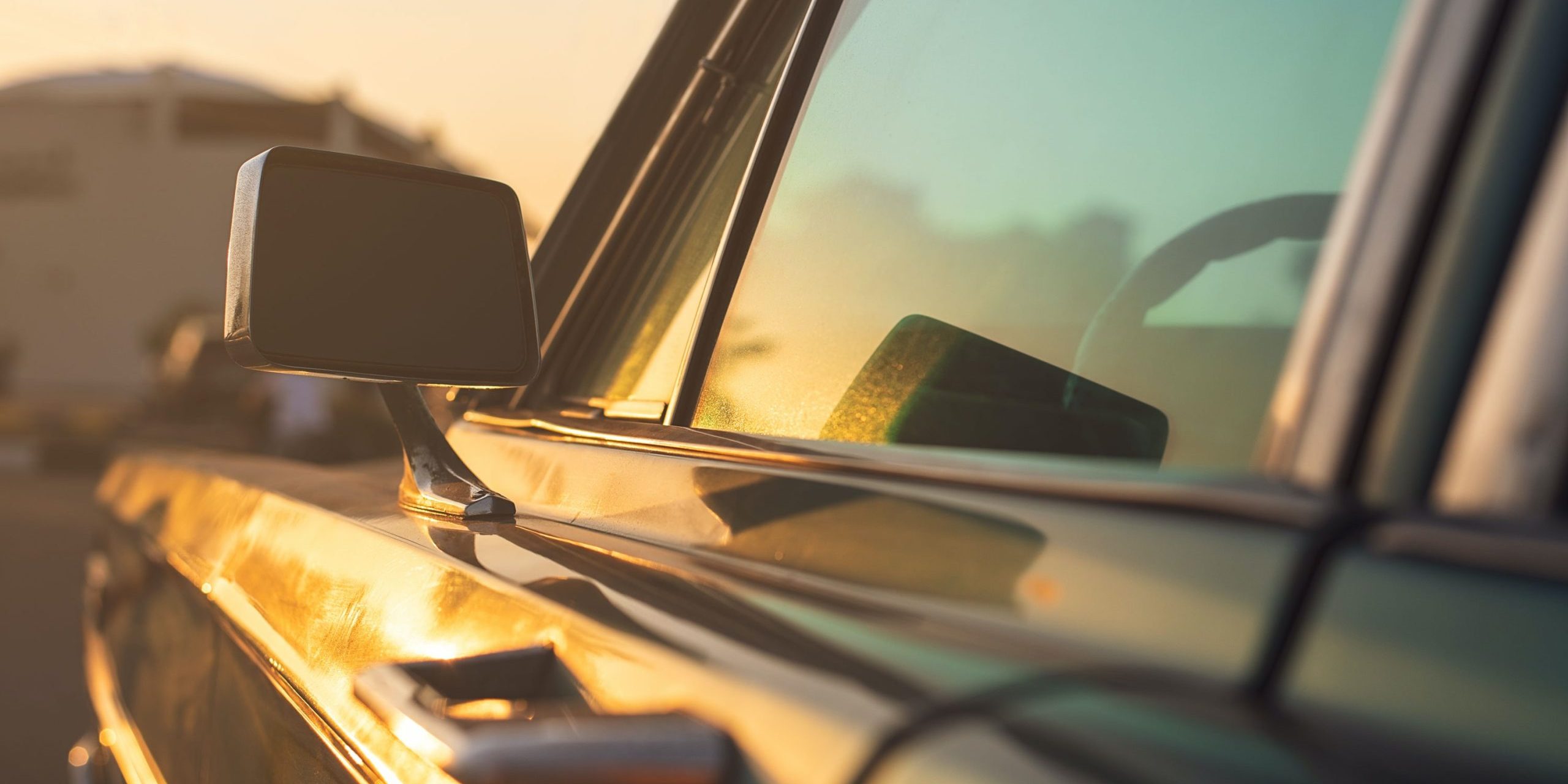
Looking to upgrade your ride with some sleek window tinting? You may be wondering just how long it takes to tint a car. The good news is, it’s a relatively quick and painless process. In this article, we’ll give you the lowdown on how long you can expect to wait for your car to be tinted, as well as some tips on what to expect during the process. So, sit back, relax, and let’s dive into the world of car tinting.”
Factors affecting the time it takes to tint a car
To determine how long it takes to tint your car, factors like the car size, type of tint film, and skill level of the installer play a crucial role. With the below info on size, film type, and installer skill, you will get a clear idea of the variables that can affect the overall tinting time.
Size of the car
The dimension of the vehicle can play a vital role in determining the time required for tinting. Larger cars would need more labor and, therefore, more time to accomplish the job with utmost quality. Hence it is imperative to take into consideration the size beforehand.
It’s important to note that larger vehicles require extra care and attention when tinting, which can result in longer service duration. Car detailing professionals have to put in additional effort while handling larger cars to ensure an excellent finish and avoid issues like air pockets or creases. A smaller car can be managed with ease and will take less time due to its structure.
In addition to this, other factors such as accessibility and availability of components needed for the task can influence how long it takes. For instance, if there are any pre-existing damages, detaching door panels or other parts could require more time than expected. On top of that, tinting material type is also a significant factor affecting hours needed.
Pro Tip: An efficient way of getting your car windows tinted quickly is by scheduling an appointment with professionals well-ahead of your anticipated timeline. This will guarantee no wait times, faster installation, quicker maintenance, and superb end-results every time!
Type of tint film
The duration of car tinting can be affected by various factors, including the kind of window tint utilized.
A table can illustrate the different types of window tints and their associated characteristics that can affect the time it takes to tint a car. The selection of window tints can have an impact on whether the process is quick or extended. The following table lists some examples and effects:
| Type of Tint Film | Characteristics |
|---|---|
| Dyed Tint | Inexpensive, effective against sun ray protection |
| Carbon Tint | Reduces heat transfer, prevents scratch |
| Ceramic Tint | Excellent at reflecting sun rays, high durability |
It’s critical to examine the benefits and drawbacks as they relate to each kind of window tint because it has a direct bearing on how long it would take to finish the job correctly.
Aside from those cited in paragraph two, other elements may influence how efficiently automobile windows are tinted such as humidity levels and temperature. These variables must be taken into account while selecting a suitable window tint product for car owners.
The use of films for auto security dates back to 1966 when organizations began using transparent adhesive-backed film sheets to keep vehicle windshields from shattering during incidents. As new technologies are implemented, so will evolution resulting in quicker installation processes allowing more cars to be serviced daily with new supplies undreamed-of even decades ago.
Skill level of the installer
The expertise of the professional who installs vehicle window tint affects the time taken to complete it. Let’s take a closer look at how the level of skill and experience of an installer plays into this factor.
The following table shows the average time taken to install vehicle window tint based on the installer’s skill level:
| Skill Level | Average Time Taken |
|---|---|
| Novice | 4-6 hours |
| Intermediate | 2-3 hours |
| Expert | 1-2 hours |
The different levels of experience in installers affect not only how long it will take them but also how well they may do the job. An experienced installer with more skills can perform tasks more efficiently, thereby reducing installation time. This means that novices will take longer to tint the same car as compared to experts.
If you’re looking for ways to ensure a faster installation process, ensure you are hiring an expert installer. Besides that, prepping your car by cleaning all its windows well before starting installation ensures lower installation times. Finally, stick with quality tints as these tend to require less attention and are often easier to work with than cheaper options.
Types of window tinting methods
To explore the types of window tinting methods with various sub-sections as a solution briefly, you can gain an understanding of the distinct benefits and drawbacks of each method. These sub-sections include dyed window tinting, metalized window tinting, hybrid window tinting, and ceramic window tinting.
Dyed window tinting
Dye-based car window tinting is an excellent way to add a dark, sleek appearance to your vehicle’s windows.
- One significant benefit of this type of tinting is that it reduces glare and blocks UV rays from entering the vehicle.
- Dyed films contain a layer of dye that absorbs heat and light, providing privacy in the car’s interior while keeping it cooler.
- These films are available in various shades to match users’ preferences, with darker ones providing more privacy than lighter ones.
- They are also affordable and easy to install, making them an ideal option for car owners on a budget.
- Although dyed window tints can fade over time, they last longer when purchasing high-quality products from reputable manufacturers or installing professionally-made films.
- Dyed window tints are non-reflective, so drivers should have no visibility issues even during night driving conditions.
It’s crucial to note that some state laws regulate how much tint percentage is allowed on cars based on user safety. Suppose you live in such states like California or Virginia which have legal restraints on car windows’ darkness levels. In that case, it’s essential to verify the limit before installing any film.
Pro Tip: Always make sure the installer has experience and knowledge about the product used before having any film installed onto your car windows.
Metalized window tinting
Metallic tinting involves a thin layer of metallic particles that reflect sunlight to improve fading, UV protection, and reduce glare. The process uses film made of several layers bonded together.
| Advantages | Disadvantages |
|---|---|
| Improved Privacy | Metal components in the film can interfere with mobile or GPS signals |
| Reduces Heat transfer from sun rays (up to 50% heat reduction) | Slightly more expensive than other varieties (costs around $200) |
It is an effective way to improve window performance, but it may cause issues with electronic devices that rely on signal transmission. It is essential to consider this factor before choosing this option.
If you are looking for a balance between cost and improvement, metallic tinting is a great choice that provides privacy, heat reduction and UV protection.
Don’t miss out on the benefits of metallic window tinting; take advantage of its features by consulting a certified professional near you.
Hybrid window tinting
A combination of traditional and ceramic tinting methods is known as a Hybrid window tint. It is a specialized form of car window tinting that offers superior heat reduction, glare control, and UV radiation protection. The use of hybrid technology increases the effectiveness of the film and enhances its durability.
In this table, we present an overview of Hybrid Window Tinting:
| Type | Advantages |
|---|---|
| Dyed | Reduces heat and enhances privacy |
| Metallized | Offers good UV protection while reducing heat |
| Ceramic | Superior UV Ray Protection while significantly reducing heat |
This type of tinting creates a unique balance between aesthetics and functionality. The resulting film has high performance without being too reflective or dark, making it ideal for those who want to maintain their car’s appearance while also reducing interior temperatures.
There was a customer whose car was parked in direct sunlight for extended durations. He was concerned about the potential risk of skin-related illnesses due to prolonged exposure to harmful rays from the sun. After discovering Hybrid Window Tinting, he opted for this tint because they provided excellent protection against ultraviolet radiation without affecting visibility or the aesthetic factor that was important to him.
Ceramic window tinting
When we discuss the application of ceramic compounds in window tinting, it is important to understand its unique attributes and features. With its latest technology, ceramic window tinting design offers excellent solar protection without weakening the functionality of other devices such as cell phones, GPS or radios.
To fully appreciate the benefits of ceramic window tinting, it’s essential to compare it with other materials. Below is a table demonstrating the key differences between ceramic and traditional window films:
| Feature | Ceramic Window Tinting | Traditional Window Tinting |
|---|---|---|
| Heat rejection | High | Moderate |
| Visible light transmission | Low | Moderate |
| UV Protection | Excellent | Good |
| Interference | None | Some Interference |
Despite being relatively new in the market, ceramic window tinting has become a highly sought-after option for many individuals. One reason for this is that ceramic tints do not contain any metals, making them safer for users. Additionally, they can block up to 99% of UV rays that can cause skin cancer while also blocking out IR radiation—a significant source of heat transfer in car windows.
One happy customer shared how her car interiors were saved from sun damage because of using Ceramic Window Tinting on all the windows of her vehicle. She even managed to save her energy bill by controlling indoor temperatures better!
Time frame for different types of window tinting
To know how long it takes to get different types of window tinting done, explore this section on the time frame for different types of window tinting with dyes, metalized, hybrid, and ceramic as sub-sections.
Dyed window tinting time frame
Window tinting using dyed film is a popular choice. The time taken to complete the process varies depending on various factors like the vehicle, the size of windows and the level of darkness needed. Typically, it takes about 1-4 hours for installation.
This type of window tinting blocks sunlight by absorbing heat rather than reflecting it. It does not last as long as other types and fades over time due to exposure to sun rays. It might also peel off or crack if exposed to harsh weather conditions.
It may be useful to note that there are different types of dyed tints available in terms of light transmission and heat rejection percentages. It is important to get it done only by certified professionals who follow standard procedures.
Pro Tip: Regular cleaning with a non-abrasive cloth will help in preserving the life of the dyed film and maintain its appearance.
Metalized window tinting time frame
Metalized tinting time required may differ depending on the type of vehicle and the size of its windows. Here’s a breakdown of the average time frames for this popular window tinting method:
| Type of Vehicle | Number of Windows | Time Frame |
|---|---|---|
| Sedan | 4-5 windows | 2-3 hours |
| SUV | 5-6 windows | 3-4 hours |
| Truck | 2-4 windows (depending on cab style) | 1-2 hours |
Metalized tinting provides additional protection, privacy and looks sleek. However, it can impact cell phone and radio signals.
Pro Tip: Carefully research and review metalized film options before installation to ensure the best results.
Hybrid window tinting time frame
Hybrid window tinting is a specialized form of window tinting that requires professional skills and expertise to apply it on a vehicle. The time frame of hybrid window tinting can vary depending on several factors, including the size and type of the vehicle, the complexity level of the job, and the experience level of the installer.
The estimated time frames for hybrid window tinting application based on different factors are depicted in the following table:
| Factors | Time Frame |
|---|---|
| Size and Type of Vehicle | 2-4 hours |
| Complexity Level of Job | 3-5 hours |
| Experience Level of Installer | 2-6 hours |
It’s important to note that these time frames are just an estimation and can vary based on individual factors. For instance, smaller vehicles may take less time for installation than larger ones; similarly less complicated jobs may require less time compared to more complicated ones. Still, an experienced installer can complete a hybrid window tinting job much faster than someone who is not as skilled.
Unique details about hybrid window tinting include its ability to reflect UV rays away from the interior of a vehicle while also reducing heat transfer through windows. Additionally, this specialized type of window film enhances a car’s aesthetic appearance while providing protection against sun damage.
Hybrid window tinting originated in the automotive industry in response to increasing concerns over harmful UV rays and their negative effects on human health. The automotive industry recognized these risks early on, which led them to develop better ways to protect not only drivers but also passengers from harmful UV radiation. Developed over many years by some of the most knowledgeable professionals in this field, hybrid window tinting has now become one of the best ways to safeguard yourself while driving.
Ceramic window tinting time frame
For ceramic-based window tinting, the time frame can vary depending on several factors. These may include the type of car, the size of the windows and how many windows need to be tinted.
A table outlining the expected time frames for North American sedan cars with four standard windows is provided below. These times assume a skilled professional tint installer working under optimal conditions.
| Type of Tint | Time Frame |
|---|---|
| Ceramic | 3-4 hours |
| Carbon | 2-3 hours |
| Dyed | 1-2 hours |
It is worth noting that these time frames are only estimates and might differ from one auto shop to another. In addition, unanticipated complications during the installation process may cause delays.
As a pro tip, before taking your car to an installer, check their reputation and reviews online to ensure they have experience installing ceramic window tints and have a record of satisfying clients.
How long does it take to tint a car? – Conclusion
The duration required for car tinting varies, but it generally takes 2-4 hours for a typical car. Factors that affect timing include the vehicle’s size and type, the number of windows being tinted, and the tint’s darkness level. It’s recommended to let the vehicle sit in a dry environment for a day or two before cleaning the windows to ensure the film sets properly. It’s crucial to seek professional services for optimal results.
How long does it take to tint a car? – Frequently Asked Questions
1. How long does it take to tint a car?
The process of tinting a car typically takes between two and four hours depending on the size of the vehicle and the type of tint being used.
2. Can I wait in my car while it’s being tinted?
It’s not recommended to wait in your car while it’s being tinted, as the fumes from the tint can be harmful to inhale. It’s best to find a place to wait outside of the vehicle.
3. How long do I need to wait to roll my windows down after tinting?
Most tinting professionals recommend waiting at least 24 hours before rolling your windows down after tinting. This allows the tint to set and dry properly.
4. Will tinting my windows affect my visibility while driving at night?
While some types of darker tint may affect your visibility at night, most professional tinting is designed to maintain visibility while still providing privacy and UV protection.
5. Can I wash my car after tinting?
It’s best to wait at least a week before washing your car after tinting to ensure that the tint has fully set and dried. When you do wash your car, use a gentle soap and avoid high-pressure car washes.
6. How long will my tint last?
High-quality window tinting can last up to 10 years if properly cared for. Regularly cleaning with a soft cloth and avoiding abrasive cleaners can help prolong the lifespan of your tint.


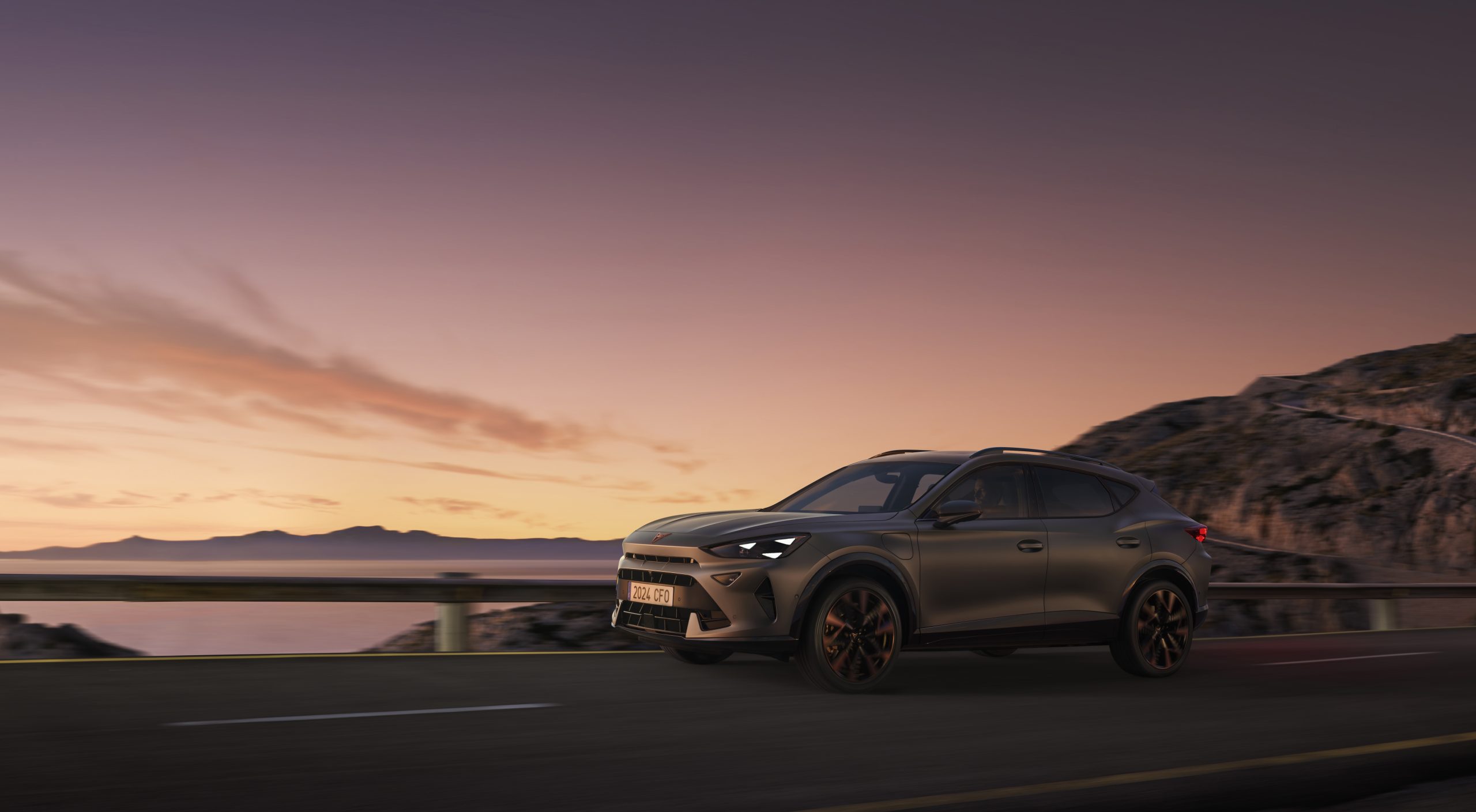

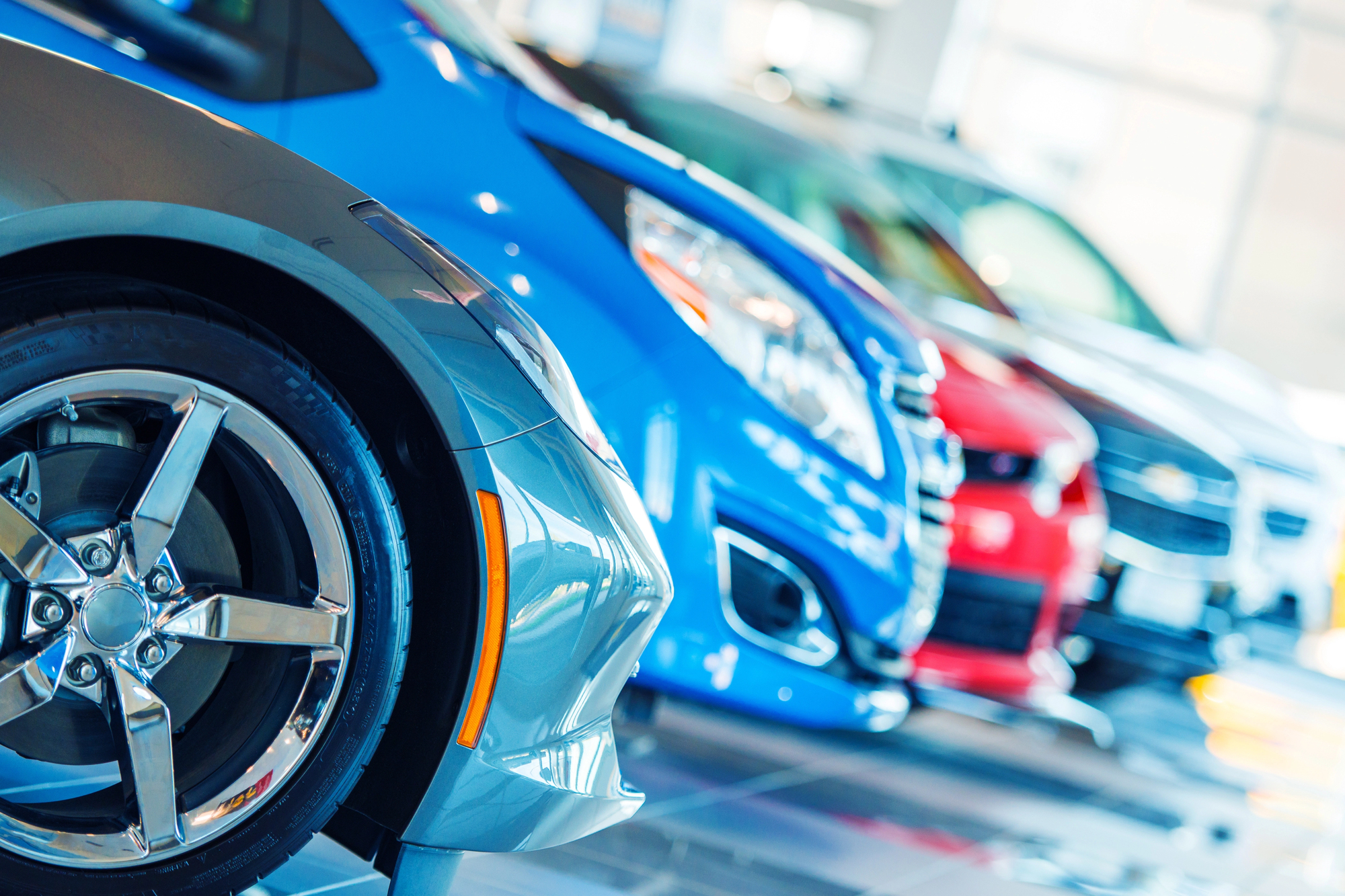
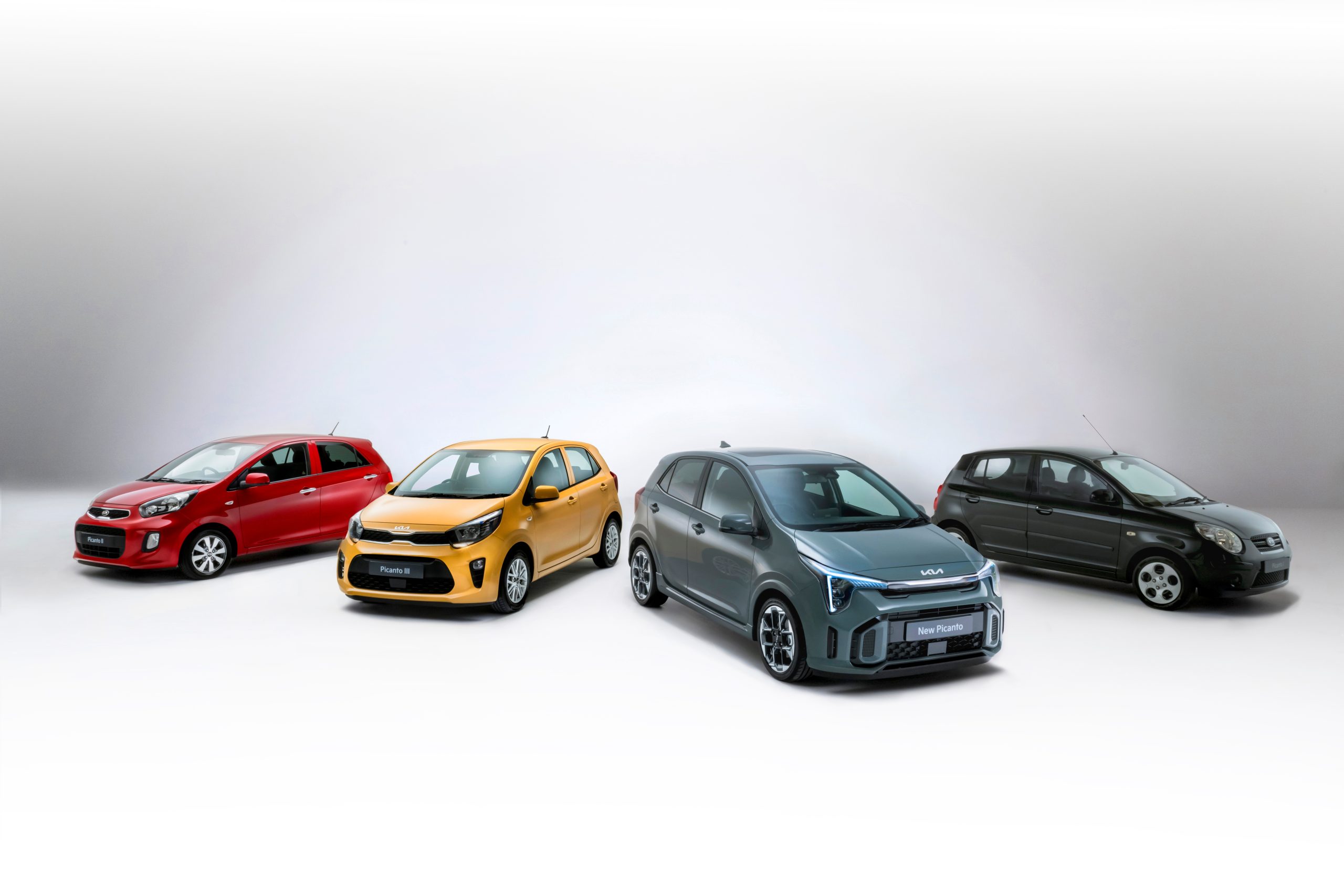

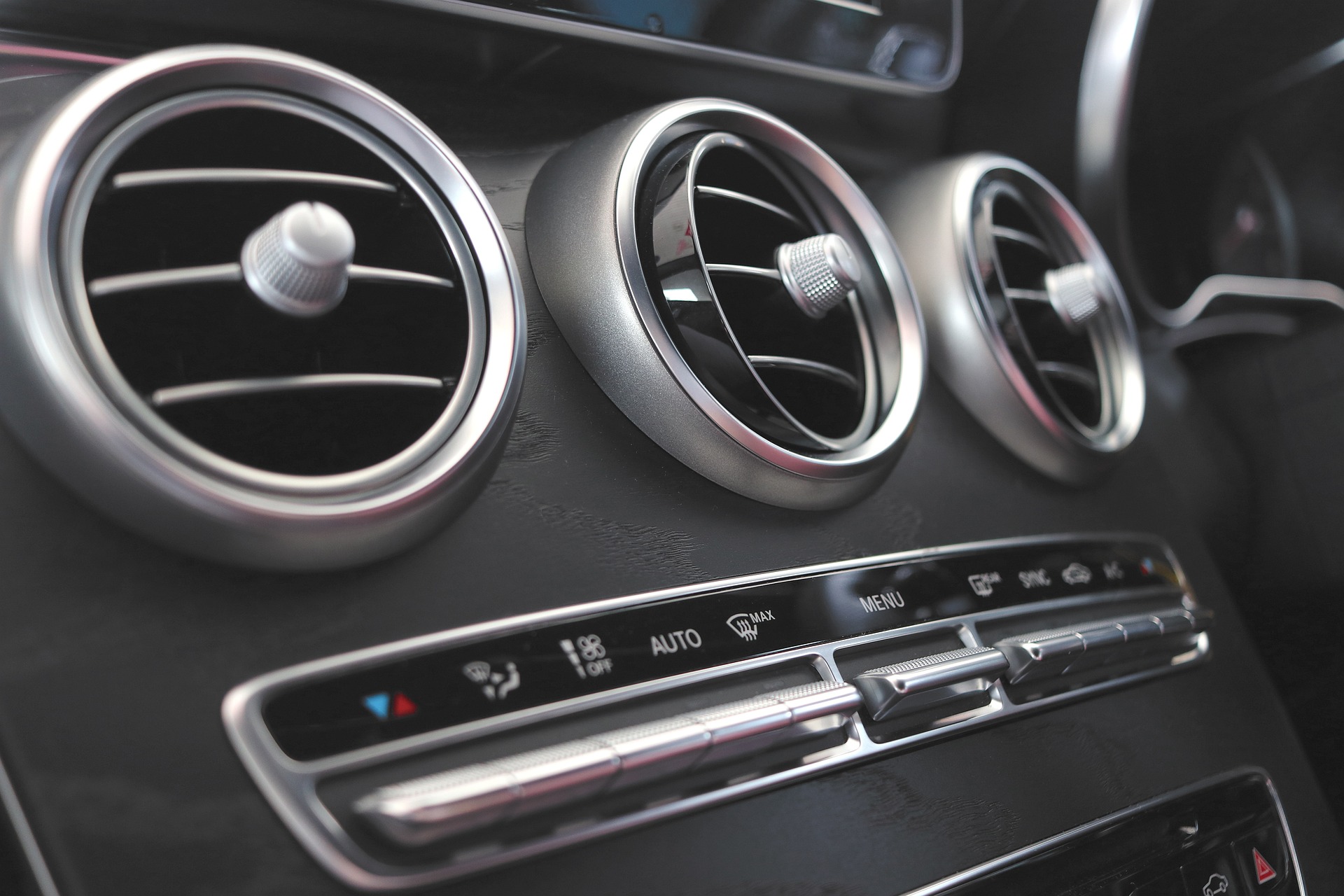

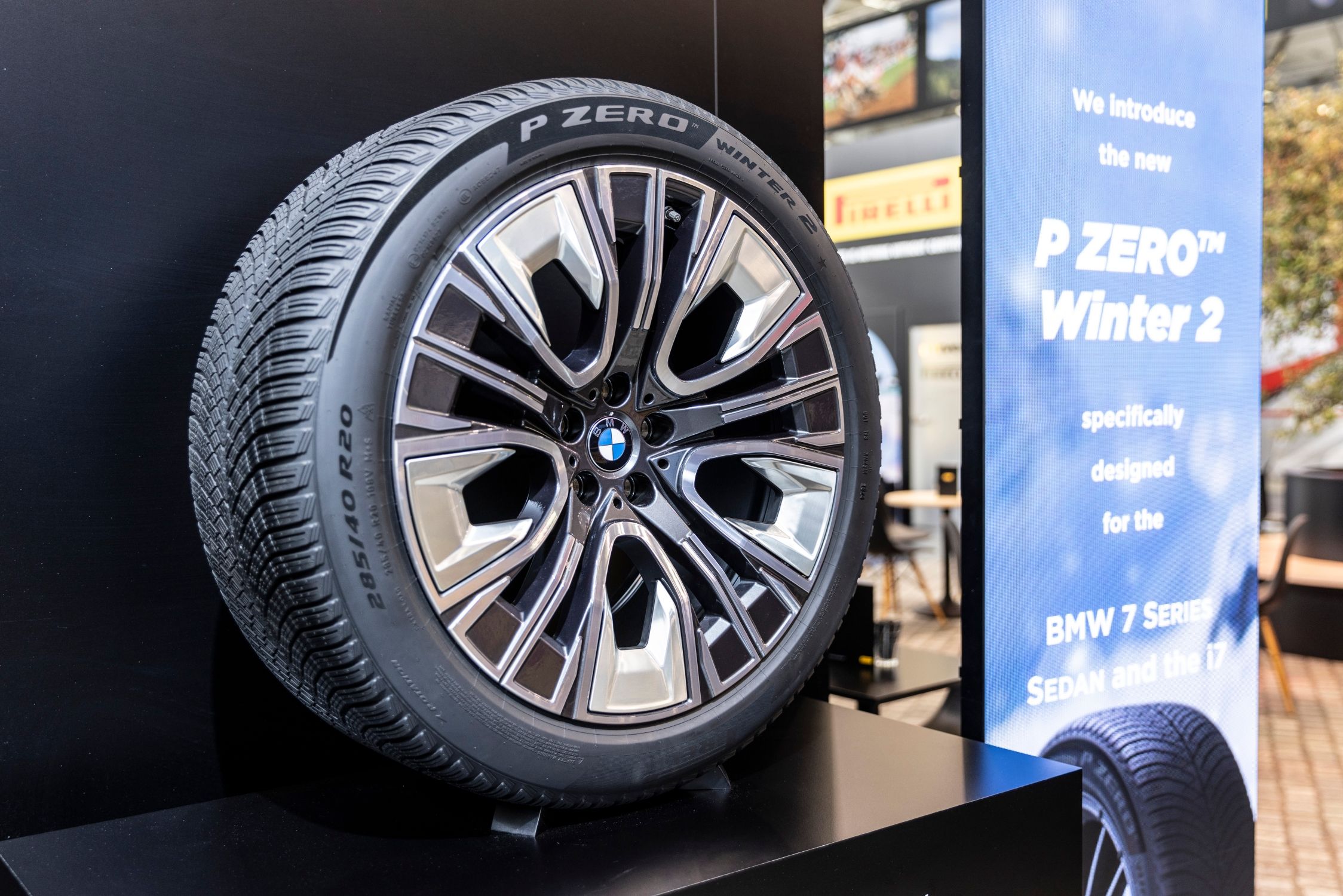
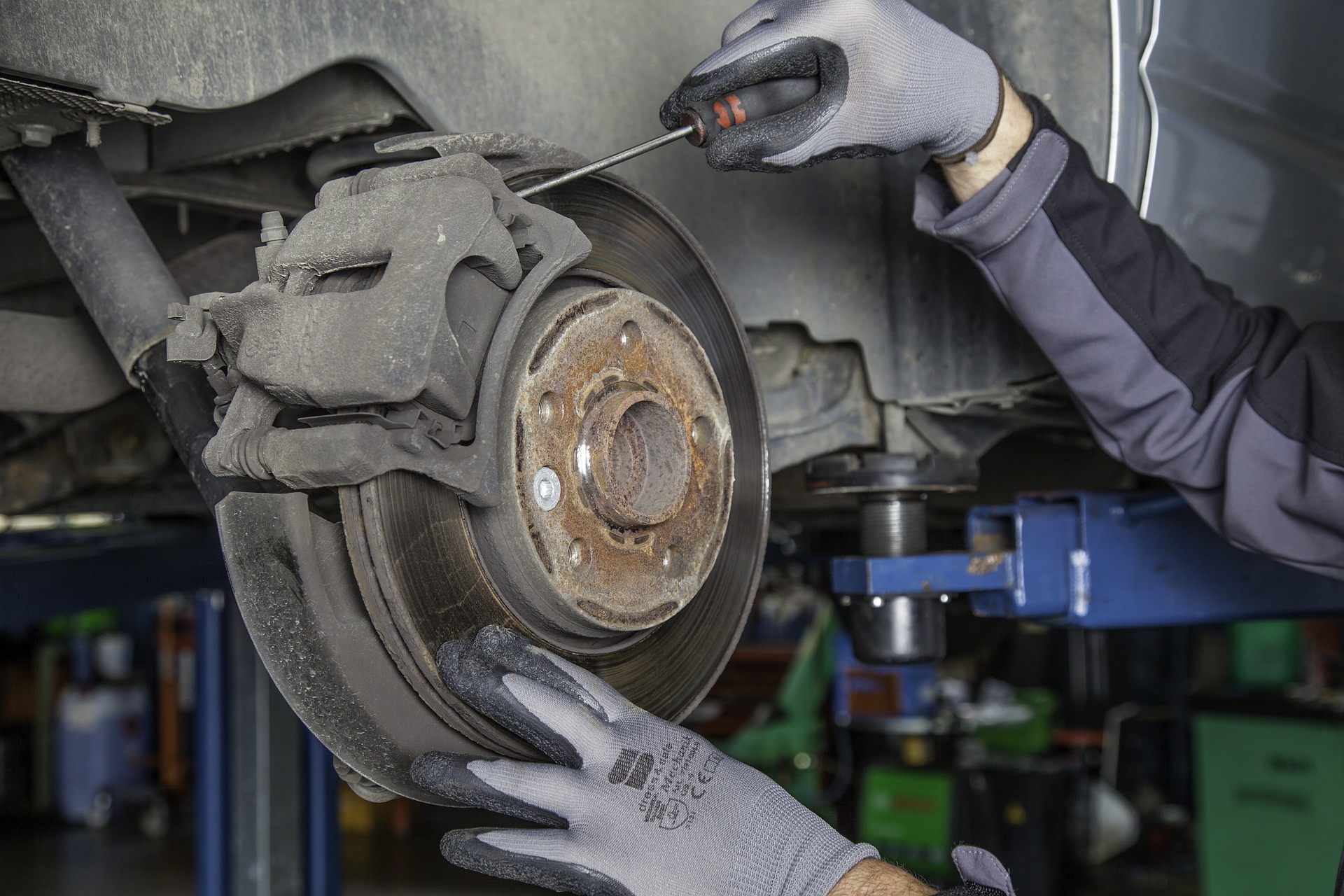
[…] tinting on a 4-door car requires patience and attention from start to finish. It is always best to leave it in the hands of […]